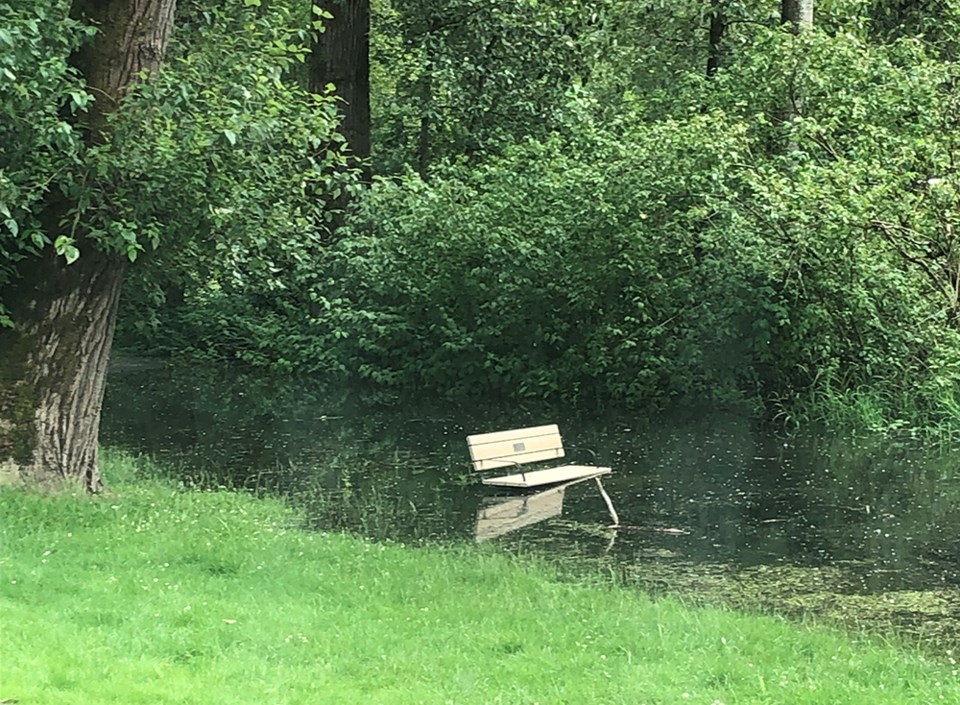As we transition into fall and winter, last weekend’s atmospheric river certainly provided an example of our new weather realities.
It was a timely reminder that we need to adapt our gardens to changing conditions. Although it was good to get some deep moisture back into our lawns and gardens after a very dry summer, there may, however, be some adjustments we need to make.
If water was pooling in your yard and if it was very slow to drain away, perhaps you need to dig a drain pit down deep or you need to amend your soil by working in some fine bark mulch to make it more open and porous, allowing excess water to drain away quickly.
Many of our trees, perennials and shrubs, for example rhododendrons and azaleas, do not like wet feet, and now is a great time to fix any troublesome drainage problems.
Often one property will sit higher or lower than its neighbours, and when it rains heavily, the lower property will get most of the runoff, making its soil too soggy. Drain fields can help amend this problem.
So, before our wet winter weather really exacerbates the issue, now is a good time to rectify this situation.
If the soil, in both your lawn and garden areas, stays wet for quite a few days, then you should aerate your lawn now, followed by an application of a quarter-inch layer of sand. This treatment will help significantly to improve the porosity of the soil, as well as improve the drainage. It is also important to apply lime to these areas now to prevent the soil from becoming too acidic.
If your trees and shrubs are experiencing long-standing water after heavier periods of rainfall, it would be wise to work in fir bark mulch around the drip lines of those trees to improve the drainage in those areas.
It would be best to wait until the trees lose their foliage. If the tree is an evergreen, wait at least until mid-November when it goes into winter dormancy. Work the mulch deep into the soil, especially if the soil has a heavy clay base. This will also help new roots to develop over the winter.
For areas where you have planted bulbs, annuals, perennials and winter colour, it would be very helpful to lighten and open the soil with bark mulch to prevent their roots from rotting or being severely damaged by frozen soil during our winter cold spells.
It’s been a relatively mild late summer and early fall, and many annuals were still flowering, but the recent heavy rains have, for the most part, ended their season. If you want to pop in a few bulbs, winter violas or winter-flowering perennials and shrubs, it’s important to first make sure your soil is well-draining in those areas.
Again, fir mulch, worked into the planting area, will go a long way to opening up heavier soils. This is equally important for winter containers, especially those that are exposed to the outside. Most garden stores sell container soil blends that are more well-draining. There is still time to plant bulbs, winter pansies, winter-flowering perennials, like helleborus, and winter-flowering shrubs to create colour at this time of the year when we need it most.
The extreme rainfall we had last week was simply nature’s way of letting us know what to expect over the coming months.
Making some important amendments to our gardens to prevent stressing our plants will help all our plants over winter, allowing them to perform far better next spring.



